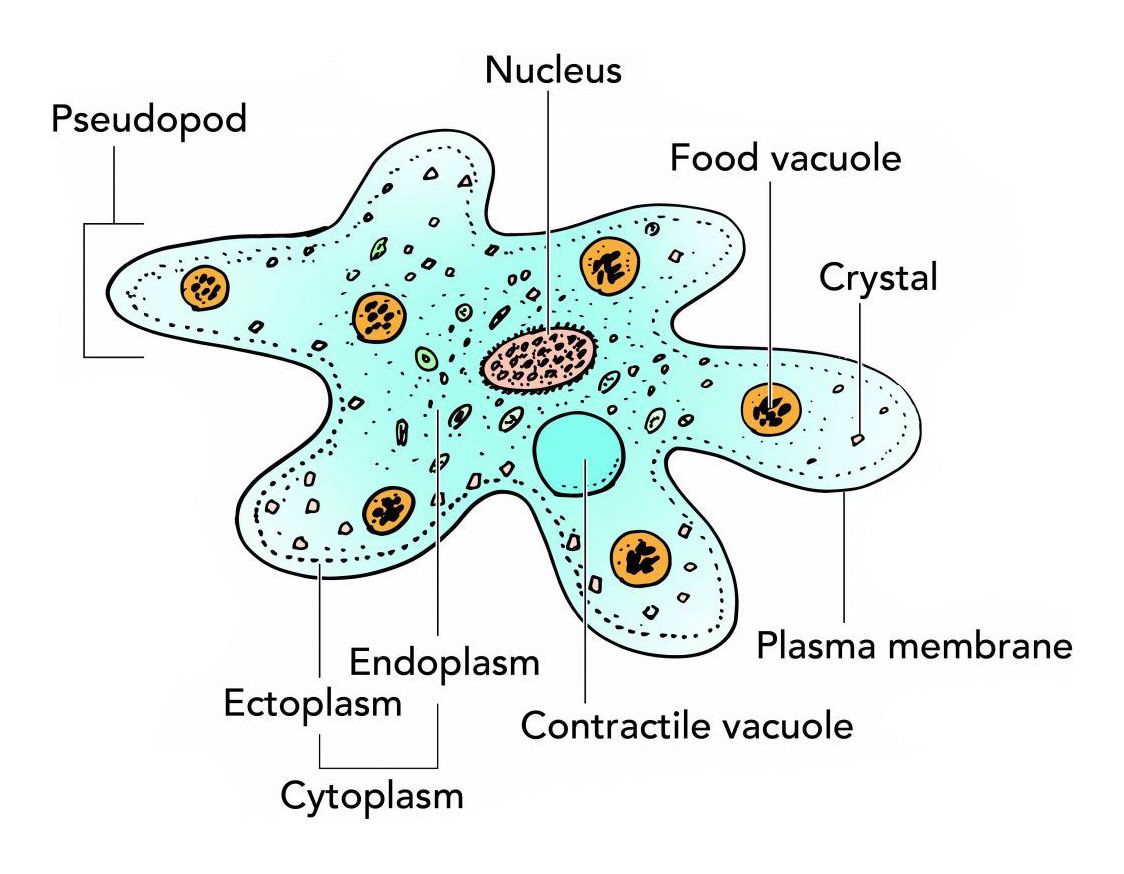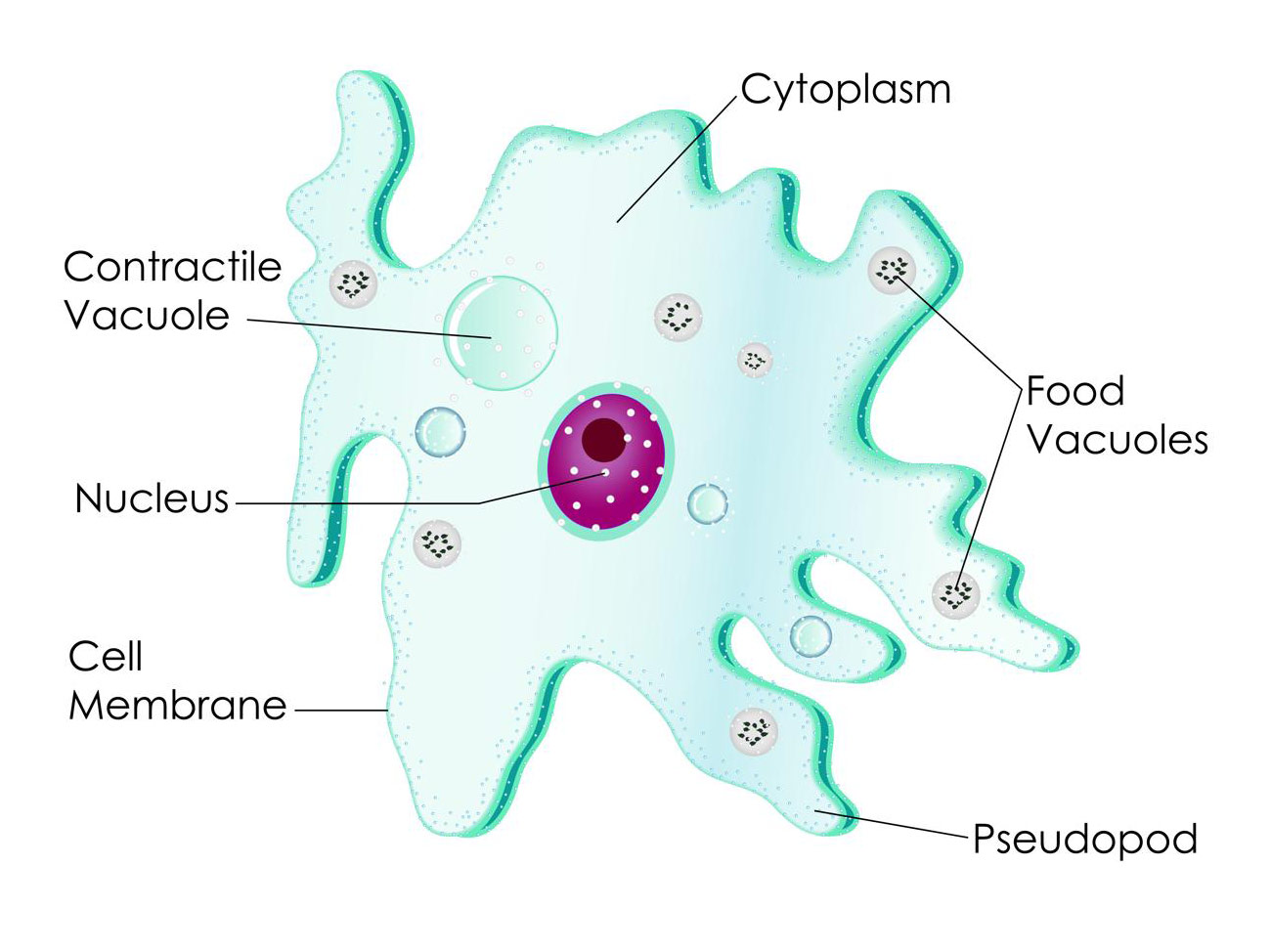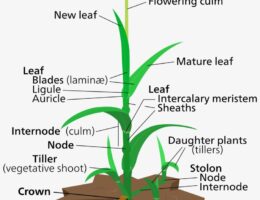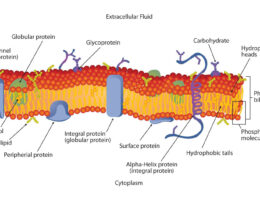An amoeba is a single-celled organism that belongs to the kingdom Protista. A labeled diagram of an amoeba may include the following parts:
- Cell membrane: The thin, flexible outer layer that surrounds the cell and controls the movement of substances in and out of the cell.
- Cytoplasm: The gel-like substance that fills the cell and contains various organelles.
- Nucleus: The spherical structure that contains the genetic material of the cell.
- Pseudopodia: The finger-like extensions of the cytoplasm that allow the amoeba to move and capture food.
- Food vacuole: A small, temporary cavity within the cytoplasm that stores food particles.
- Contractile vacuole: A specialized organelle that helps to regulate the water content of the cell by pumping out excess water.
- Mitochondria: The organelles that generate energy for the cell.
Amoebas are able to change their shape and move by extending and retracting their pseudopodia. They feed on other organisms by engulfing them with their pseudopodia and forming food vacuoles. Contractile vacuoles help to maintain the water balance within the cell, which is important for its survival. Amoebas are found in a variety of environments, including soil, freshwater, and marine habitats.




